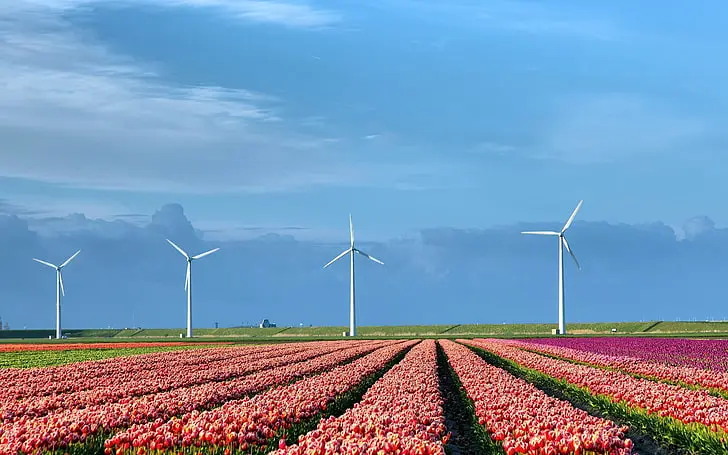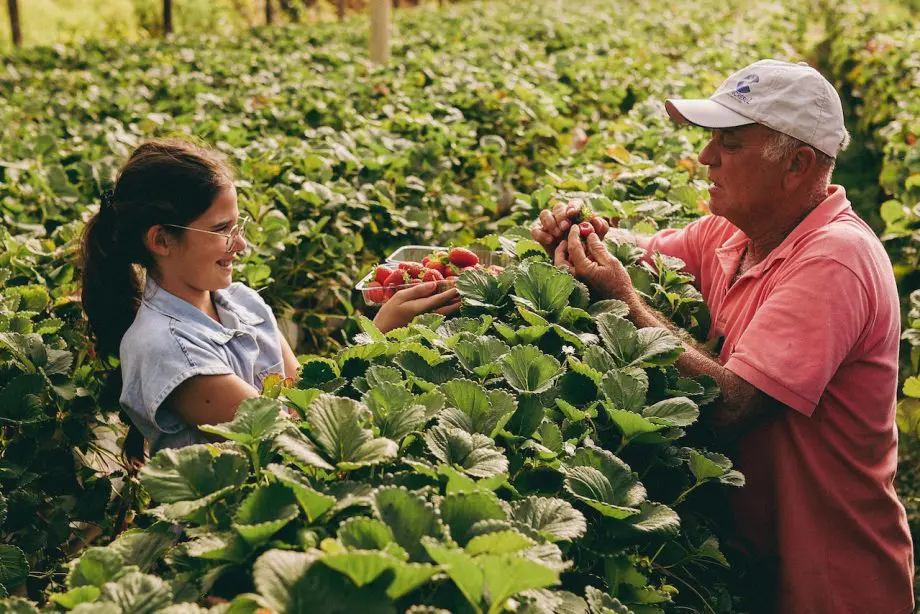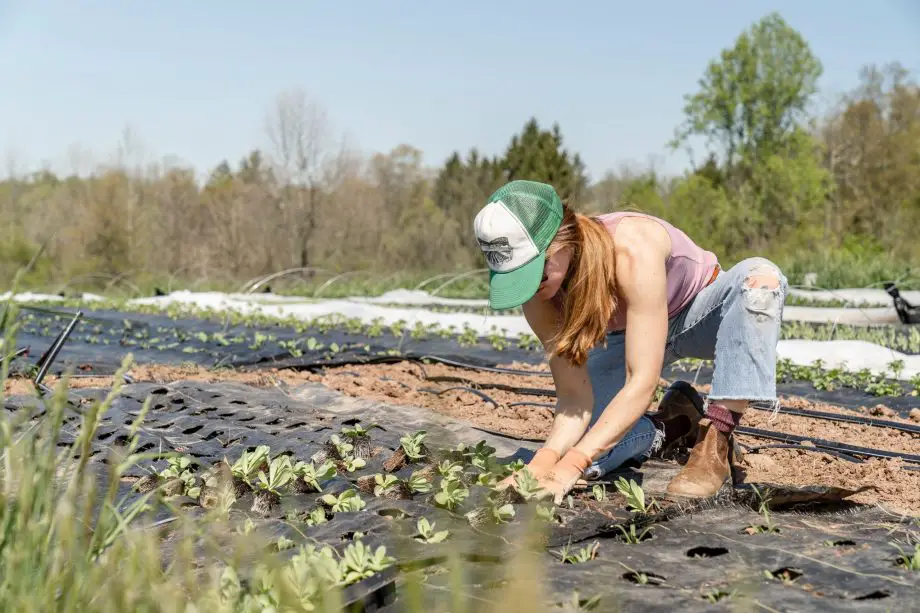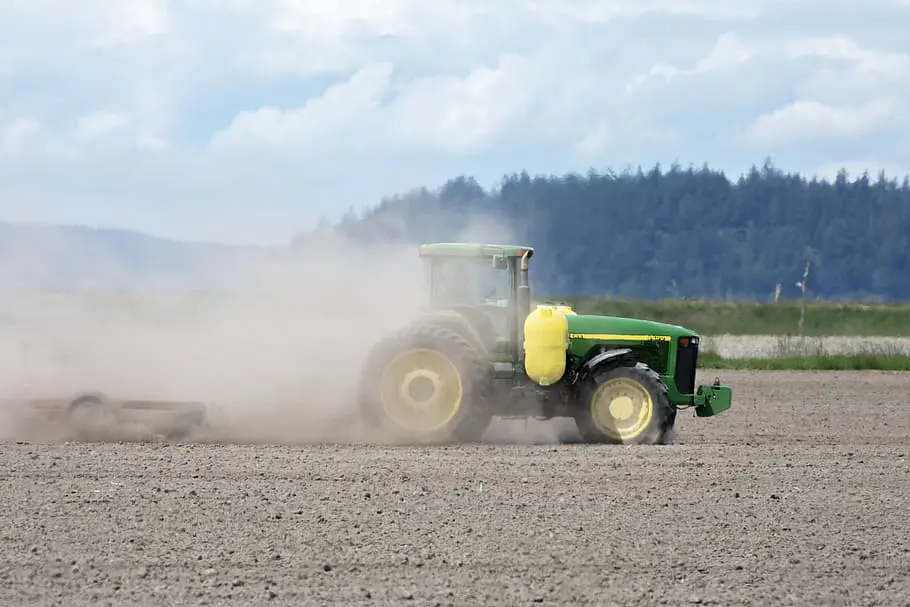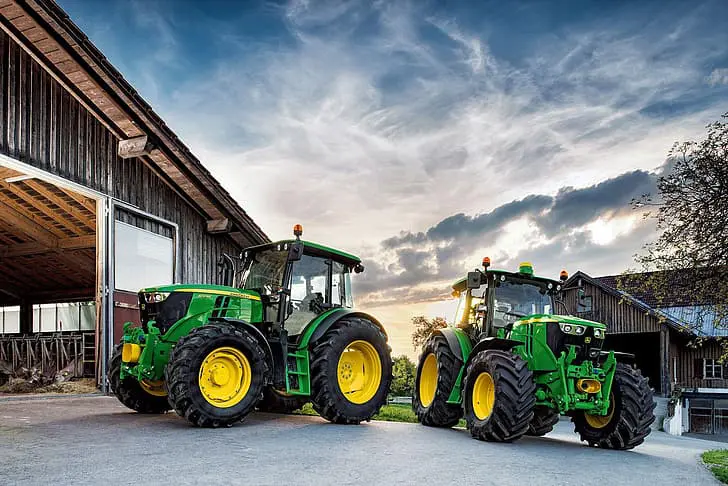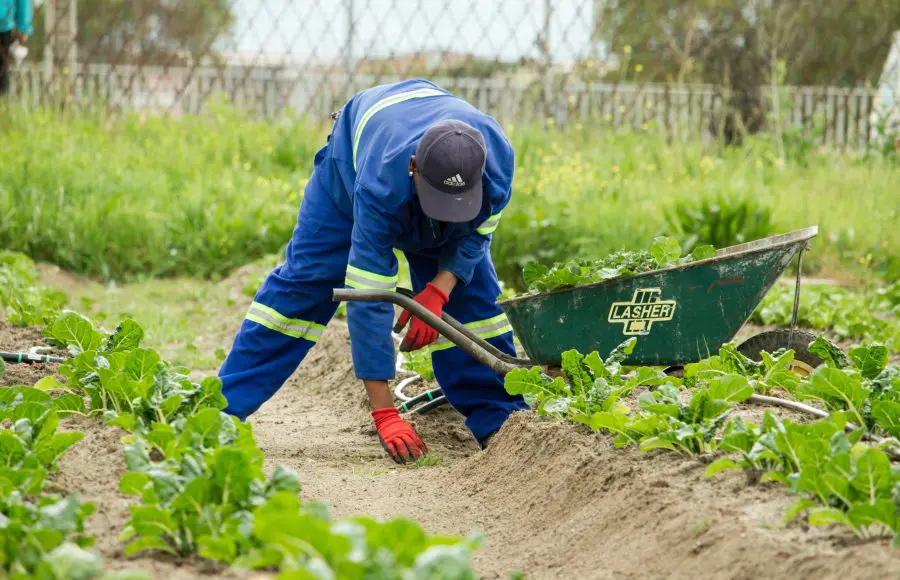
Curious about making sustainable choices? Discover the environmental benefits of eating locally grown food. It’s a win-win for you and the planet!
Ever find yourself standing in the produce aisle, pondering where your food comes from? You’re not alone.
Today, we’re diving into the environmental benefits of eating locally grown food. Trust me, it’s not just a trendy catchphrase.
It’s a lifestyle choice with a real impact. From slashing your carbon footprint to supporting your neighborly farmers, eating local is a tasty way to do good for both you and the planet. So, let’s dig in!
The Environmental Benefits of Eating Locally Grown Food
The environmental benefits of eating locally grown food are significant. Opting for local produce reduces carbon emissions from transportation, supports sustainable farming practices, and minimizes food waste. It also fosters community bonds by financially supporting local farmers. Overall, eating locally is an impactful way to promote environmental sustainability.
Welcome to a topic that’s close to my heart and, quite literally, close to home, the environmental benefits of eating locally grown food.
Have you ever wondered if the apple from New Zealand is truly your only option in the middle of winter?
Or what happens to the environment when your strawberries take a road trip longer than most vacations?
We’re going to explore all of this, along with how local food helps the planet, why it’s a solid step toward sustainability and tips to get you started on a locavore journey. Ready? Let’s get into it!
The choices we make
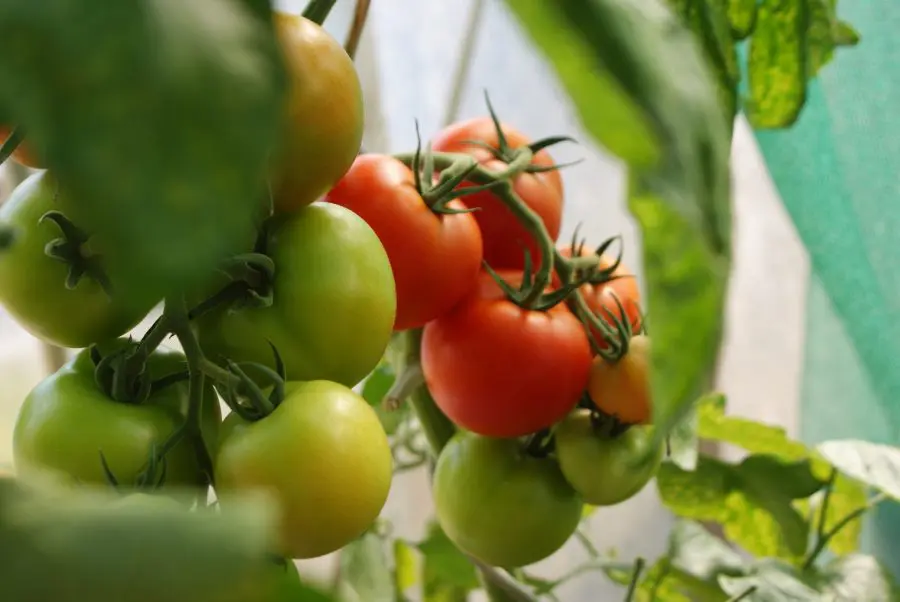
The choices we make at the dinner table have far-reaching environmental impacts. So, let’s set the scene.
You’re sitting at your dinner table, fork in hand, about to dive into a bowl of stir-fry or a crunchy salad.
Ever stop to think where those veggies came from? Or how they got to your plate?
It’s easy to forget, but those choices you make before chowing down can actually make a big difference in the world, seriously, we’re talking on a global scale here.
A brief overview of the main topic:
Eating locally grown food as a sustainable option.
Now, you’ve heard the phrase “eating locally” tossed around a lot lately. It’s not just some hip trend; there’s substance behind it.
Opting for foods grown closer to home can be a real game-changer for both you and the environment.
Imagine cutting down on all those miles your food has to travel to reach you.
Yep, that means you’re doing your bit to reduce those pesky greenhouse gas emissions.
Importance of the subject:
Connecting personal choices to global environmental health.
Here’s where things get really exciting. These personal choices you make? They’re like ripples in a pond, extending out to touch a whole bunch of environmental factors.
Think less pollution, more support for ethical farming, and a big thumbs up for sustainable practices.
And all you have to do is choose an apple from a nearby orchard over one that took a long-haul flight.
Thesis statement:
Eating locally grown food has several environmental benefits that contribute to a more sustainable planet.
So, to sum it up, today we’re diving deep into how making simple, local choices when you eat can have far-reaching positive impacts.
Eating locally grown food isn’t just good for your soul. It’s a concrete step towards a more sustainable planet. Stick around, and we’ll unpack all the ways you can make this lifestyle work for you.
Understanding the Food Mile Concept

Alright, let’s get into the nitty-gritty of something you’ve probably heard before the “food mile” concept.
Ever wonder how far your food has traveled to end up on your plate? We’re not just talking about your pizza delivery sprinting through red lights!
The food mile concept helps us grasp the literal long distances our groceries cover, and you might be surprised at how well-traveled your tomatoes are.
Trust me, some foods should have their own frequent flyer miles! Stick around, because understanding this can really shape the way you shop and eat, all while being kinder to Mother Earth.
Definition of Food Miles
First up, let’s crack the code on what “food miles” actually means. It’s the distance food travels from where it’s grown to where it’s consumed.
Now, this isn’t just an academic exercise; it’s a practical way to understand the environmental toll of getting that bunch of bananas to your kitchen.
The more miles your food travels, the larger its carbon footprint. Think of it as your food’s personal travel diary, but every entry has an environmental cost.
How traditional grocery shopping contributes to high food miles
So you stroll into your go-to grocery store and grab some veggies, fruits, and maybe a bit of meat or fish.
Ever notice those little stickers that say “Product of [Insert Country Here]”? Yeah, some of those places are far, like really far away.
Traditional grocery shopping often means we’re buying food that’s been on a journey involving planes, trains, and automobiles.
And all that travel? It adds up in the form of emissions and energy use. You might call it the dark side of having exotic foods available year-round.
Real-world example: Transporting oranges from Florida to Alaska
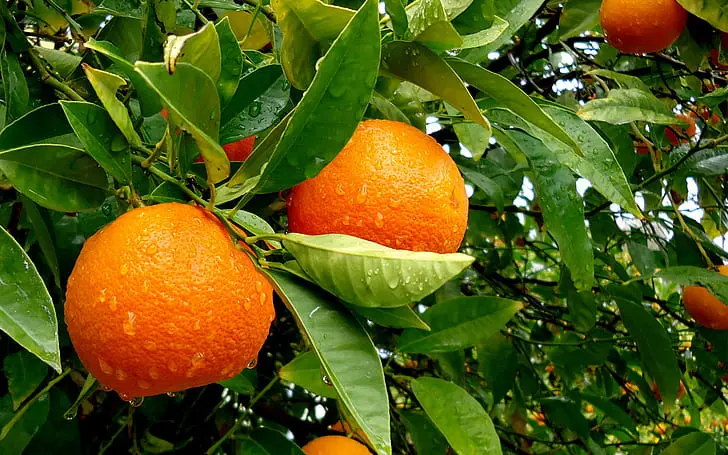
Let’s take a specific example to drive this home. Picture an orange grown in sunny Florida. Now, that orange takes a nearly 5,000-mile journey to end up in Alaska.
Along the way, it’s loaded onto trucks, maybe even planes, using up fuel and emitting greenhouse gases.
By the time it reaches an Alaskan supermarket, that little orange has a pretty hefty environmental price tag attached to it.
Impact of food miles on carbon footprint
So why does this all matter? Well, the longer the distance food has to travel, the greater the carbon emissions, and that affects your personal carbon footprint.
Even if you’re not the one behind the wheel of the truck bringing in those out-of-state peaches, by buying them, you’re essentially saying yes to everything that comes with it emissions and all.
It’s kind of like each purchase is a vote for the kind of planet you want to live on.
Food miles aren’t just numbers; they’re a reflection of the environmental choices we make every time we go shopping.
And the best part? We have the power to change things for the better, starting with our next meal.
Reduced Carbon Emissions

Alright, now that we’ve got our heads wrapped around the whole food miles thing, let’s dig into one of the big wins of eating locally: reduced carbon emissions.
You know that thing cars emit that we’re always hearing about in climate change discussions?
Well, less travel for your food means fewer emissions. It’s as simple as that. So if you’re all about leaving a smaller carbon footprint and let’s be real, who isn’t? This is one area where you can make a tangible impact. Let’s break down how it works.
How local food reduces the need for long-distance transportation
Okay, let’s start with the basics. When you buy local food, you’re essentially cutting out the “middle miles,” so to speak.
Local produce doesn’t need to be loaded onto a plane, or shipped across oceans, or trucked thousands of miles.
It’s kind of like choosing to walk to the corner store instead of driving to a mall in the next town over.
So when the journey from the farm to your table is more of a quick jaunt rather than an epic voyage, the carbon emissions from transportation are dramatically reduced.
Data on carbon emissions saved by consuming local produce
Let’s sprinkle in some numbers to make this really hit home. According to some studies, food in the U.S. travels an average of 1,500 miles to get to your plate.
If a community decided to source its food from within 100 miles, it could reduce those transportation emissions by up to 90%.
That’s not chump change, folks. That’s a significant cut in emissions, just by choosing to go local with your food choices.
Comparison: Carbon emissions from a local farmers’ market vs. a large grocery store
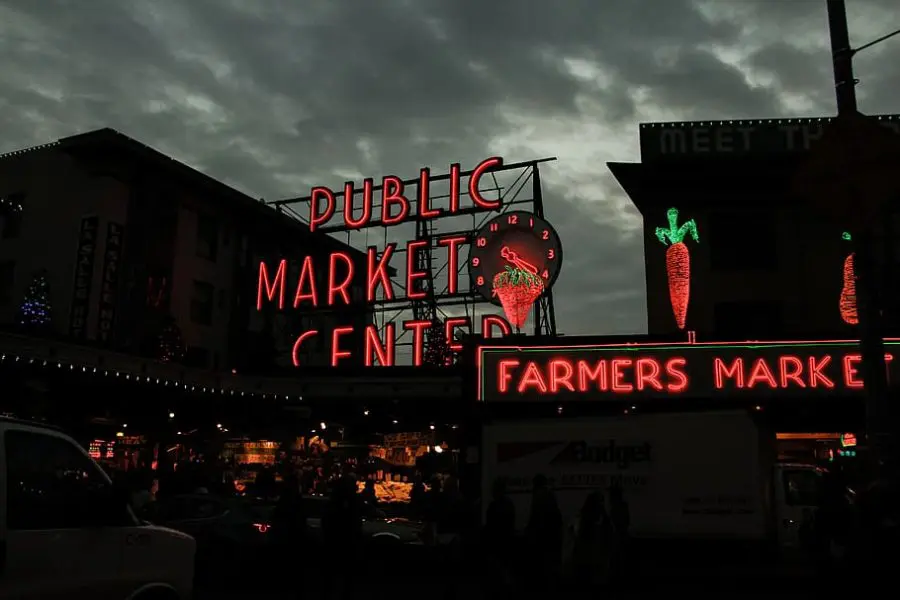
Now, here’s a little food for thought. Imagine two scenarios: one, you’re buying your week’s veggies from a local farmer’s market, and two, you’re at a large chain grocery store filling up your cart.
The food from the farmer’s market probably traveled less than 50 miles, while the grocery store produce could have traveled thousands.
Studies have found that the carbon emissions per item at a local farmers market can be up to 50% less than those at large grocery stores.
So not only are you getting fresher food, but you’re also doing the planet a solid.
When you bring it all together, the simple act of eating locally becomes a powerful tool in reducing carbon emissions.
So next time you’re about to make a food purchase, think about the journey it’s been on and it might just influence your choice.
Seasonal Eating and Its Benefits
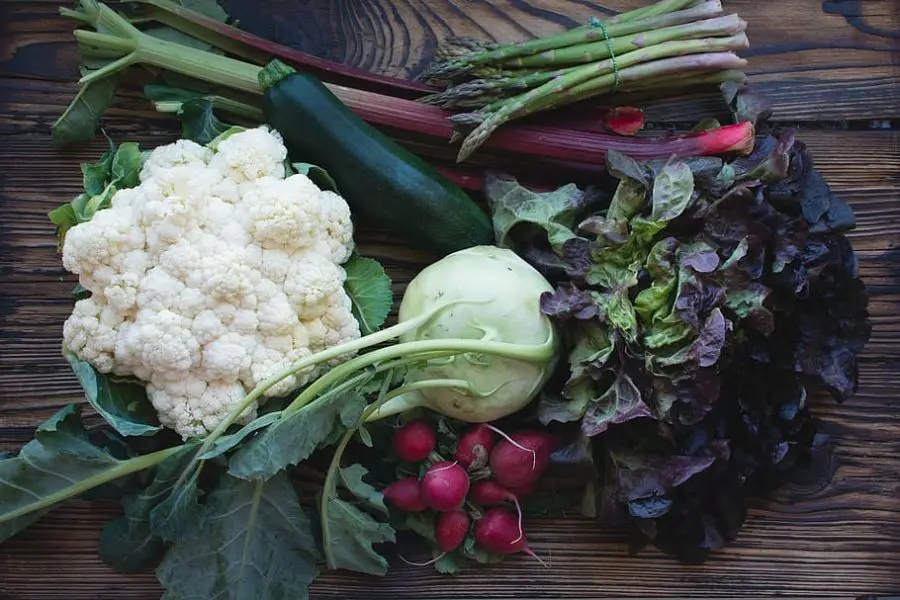
Okay, let’s switch gears a bit and talk about something that’s as natural as the changing leaves or the first snowfall, seasonal eating.
You might have heard your grandparents talk about eating what’s in season, and guess what? They were onto something.
Not only does seasonal eating offer some great health benefits, but it’s also another win in the sustainability column.
Curious how munching on strawberries in the summer and savoring squash in the fall can make a difference? Stick around; we’re diving into all the juicy details!
What is seasonal eating?
Alright, let’s kick things off with a quick rundown on what we mean by “seasonal eating.” It’s pretty straightforward, actually.
Seasonal eating is the practice of consuming fruits and vegetables when they’re naturally ready to harvest in your local area.
This means you’re munching on strawberries when they’re freshly picked in June rather than frozen or imported in December.
Sounds like a pretty natural way to eat, right? And trust me, your taste buds will thank you for it.
Environmental advantages of consuming seasonal produce
Now, let’s talk about why Mother Earth gives this practice two green thumbs up.
When you eat seasonal food you’re essentially choosing food that doesn’t require artificial conditions to grow. They are most likely local products that travel a shorter distance and come from local food systems.
This means less reliance on energy-guzzling greenhouses or heavy water irrigation systems. The result?
Less energy usage, less water wastage, and a reduced need for chemical fertilizers and pesticides. It’s a sustainability triple-win that often gets overlooked but is super easy to adopt into your life.
Comparison: The energy required to grow tomatoes in a greenhouse in winter vs. naturally in summer
Alright, time for a quick side-by-side comparison. Let’s take tomatoes as an example. If you’re craving tomatoes in the dead of winter and you live in a cold climate, those red beauties likely came from a greenhouse.
Now, greenhouses in winter aren’t exactly energy-efficient. They often require artificial light and heat, which adds up in energy costs and, yep, carbon emissions.
On the flip side, if you enjoy tomatoes fresh off the vine in summer, those bad boys grew under the natural sunlight and warm temps, with no extra energy required.
It’s a vivid illustration of how eating with the seasons can help us be more energy-efficient and environmentally conscious.
So there you have it, the lowdown on why seasonal eating is worth giving a try. You’ll find your meals are more flavorful, your environmental impact is lessened, and honestly, it’s just a fun way to connect with nature’s cycles.
Supporting Local Agriculture and Soil Health
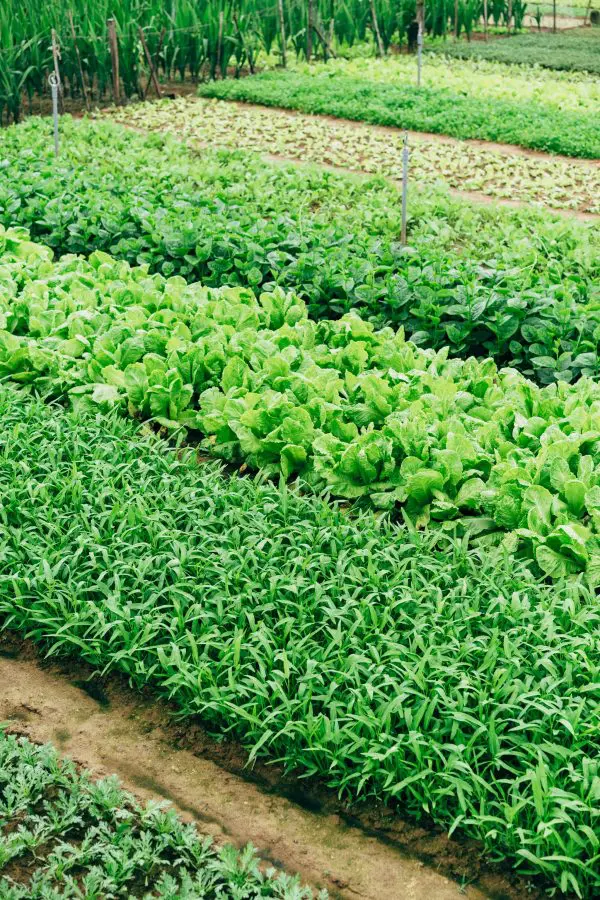
Next up on our eco-friendly food journey is something that’s kind of the unsung hero of sustainability: supporting local agriculture and soil health.
When you shop locally, you’re not just helping out farmers in your community; you’re also doing wonders for the ground beneath your feet.
Soil health is like the unsung hero of the environment, crucial for everything from clean water to climate stability.
Curious how your Saturday morning farmers’ market run ties into all this?
How supporting local small farms benefits soil health and biodiversity
First things first, let’s get into how backing your local farmers can actually make the dirt healthier. Sounds a bit far-fetched? Hear me out.
Smaller, local farms often employ more sustainable practices that nourish the soil rather than depleting it.
These small-scale farmers are also more likely to grow a variety of crops, which fosters biodiversity, not just in the soil but in the local ecosystem.
Healthy soil is a bustling world of its own, filled with microbes and nutrients that create a virtuous cycle of fertility. So when you shop locally, you’re essentially giving a nod to healthier, happier soil.
Practices often employed by local farmers such as crop rotation and organic farming
Now, you might wonder what exactly these local farmers are doing that’s so good for the land.
Well, for starters, many engage in practices like crop rotation. This is basically the agricultural version of not putting all your eggs in one basket.
By switching up what they plant, farmers can help the soil maintain its nutrient balance. It’s like giving the soil a balanced diet.
Many local farmers also lean into organic methods, meaning fewer chemical pesticides and fertilizers.
Importance of soil health for carbon sequestration
Last but definitely not least, let’s talk about a term that’s a big deal but doesn’t get enough airtime: carbon sequestration.
Simply put, healthy soil acts like a sponge for carbon dioxide. Plants pull CO2 out of the air, and much of that carbon gets stored in the soil.
It’s Mother Nature’s version of a carbon capture facility, and it’s a pretty important part of how our planet tries to balance out all the emissions we’re pumping into the atmosphere.
So when you support practices that keep the soil healthy, you’re indirectly supporting a natural way to mitigate climate change.
In a nutshell, when you buy local, you’re backing a whole system that prioritizes the health of the land and, by extension, the health of our planet.
It’s like your grocery list has hidden power: the ability to champion soil health and fight climate change.
So next time you’re picking up some fresh produce, know that you’re doing more good than you might have realized.
Lowering Waste through Direct Purchase
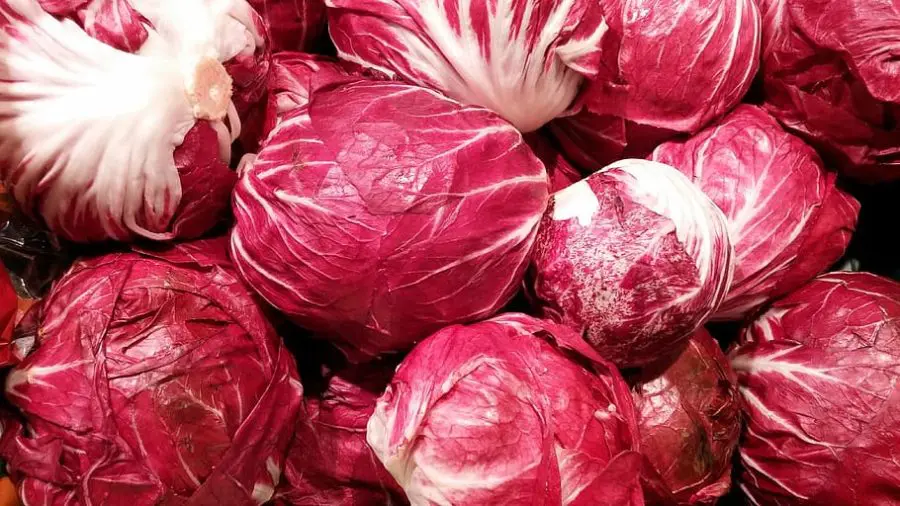
Alright, let’s switch lanes and talk about another perk of going local: lowering waste through direct purchase.
Now, we’ve all seen those sad bins of “imperfect” fruits and veggies at the grocery store, right?
They might not win any beauty contests, but they have the same nutritional value and are just as tasty.
When you buy directly from a local farmer, you’re helping to cut down on food waste and you often get the chance to buy produce that might not make it to the grocery store shelves.
Discussion on food waste in traditional supply chains
So let’s start by peeling back the layers of the traditional food supply chain.
Picture a long conveyor belt where food has to pass through multiple stops, harvesting, storage, distribution, and retail before landing on your plate.
At each of these stages, some food is deemed not “good enough” for sale, which often ends up wasted. They call this “shrink: and prices are set to reflect this loss.
I know from personal experience as a farmer I would only receive 25% of the supermarket price to compensate the store for shelf loss.
We’re talking about 30-40% of the food supply going uneaten, according to some estimates. It’s a gnawing issue, considering that same food could be feeding families and nourishing people.
How buying directly from local growers can minimize food waste

Now, here’s where buying directly from local growers comes into play. When you buy straight from the source, you’re skipping many of the middlemen where food usually gets wasted.
Plus, local producers are often more willing to sell imperfect food items like those “ugly” but still delicious fruits and veggies, since they don’t have to meet strict retail standards.
Real-world example: A farm-to-table restaurant that reduces waste
Time for a real-world example to bring this all to life. Imagine a farm-to-table restaurant that partners exclusively with local farms.
They not only get to offer seasonal, fresh ingredients on their menu, but they also give farmers a guaranteed outlet for their produce.
It’s like a safety net for food that might otherwise go to waste. Restaurants like this often also use every part of the produce, from root to stem, in their cooking, thereby minimizing kitchen waste too.
So there you have it. Buying directly from local growers isn’t just a hip trend; it’s a concrete way to put a dent in food waste.
And less waste means a happier planet, plain and simple. Next time you visit a local farm or farmers’ market, know that you’re making a choice that’s good for both your community and the Earth.
Community Benefits
Now that we’ve covered how eating local can be a win for the planet, let’s zoom in on another vital aspect, the community benefits.
Yep, when you spend your dollars at a local farmers’ market or a farm-to-table restaurant, you’re not just making a meal; you’re helping to build stronger, more resilient communities.
From creating local jobs to preserving traditional farming methods, the ripple effects of your choices can be pretty amazing. Interested in how this all connects? Let’s dive in!
Strengthening community bonds through local food markets
First up, let’s talk about community bonds. Have you ever noticed the atmosphere at a local farmers’ market?
There’s often a sense of camaraderie that’s hard to find in a big-box grocery store. This isn’t just your imagination at work; it’s a real social phenomenon.
When you shop at a local market, you’re likely to bump into neighbors, make small talk with the vendors, and maybe even learn a thing or two about the best seasonal picks.
It’s like creating your own little food-oriented community right there in the middle of the bustling city or town.
minimize food waste
for local farmers and the community

Next, let’s talk money, but the good kind. The kind that makes a difference in people’s lives.
When you shop local, those dollars are more likely to stay in your community. Local farmers get a fairer share compared to what they’d get through larger commercial channels.
When they prosper, they can hire more people, invest in more sustainable methods, and generally pour resources back into local businesses and the local economy. Think of it as a financial loop where nearly everyone wins.
Psychological benefits: A sense of connection to the land and community
Finally, let’s get a bit introspective and talk about the psychological perks. You know that good feeling you get when you pick up a freshly harvested tomato and know exactly where it came from?
That’s a sense of connection to the land and community you’re part of. This connection can add a new layer of meaning to your daily life, making you feel more grounded.
It’s the difference between just living somewhere and feeling like you’re a part of the place.
So, the next time you’re biting into a local apple or munching on a salad full of local greens, give yourself a pat on the back.
You’re not just feeding yourself; you’re nourishing your community in more ways than one.
How to Get Started with Eating Locally
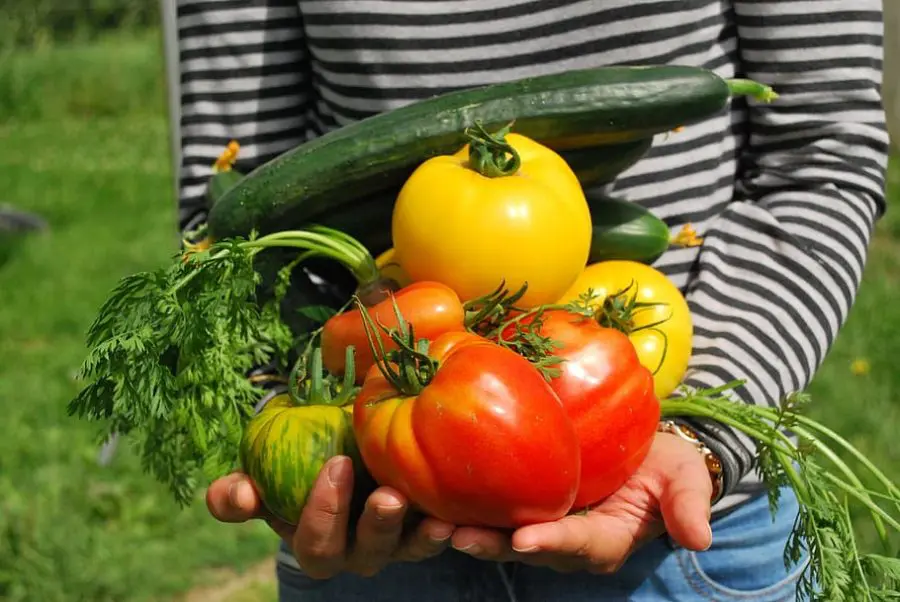
Okay, you’re probably thinking, “This all sounds great, but how do I actually get started with eating locally?”
No worries, that’s exactly what we’re going to unpack next. It’s easier than you might think to make the shift and start enjoying all these environmental and community benefits.
Whether it’s finding the best local markets or figuring out which seasonal produce to pick up, we’ve got you covered. Ready to take the plunge into a more local-focused lifestyle? Let’s dive in!
Tips for finding local food sources like farmers’ markets and community-supported agriculture (CSA) programs
So, first thing first: where can you find all this amazing local food? Well, farmers’ markets are an obvious starting point.
A quick internet search or chat with neighbors can help you locate the nearest one. But let’s not stop there.
Have you heard about Community-Supported Agriculture (CSA) programs? You basically pay a subscription fee to a local farm and get a box of fresh produce every week.
It’s like having a season pass to nature’s bounty! Apps and websites also exist that can help you find local food sources, so no excuses, the resources are out there!
Recommendations for seasonal eating: a month-by-month guide
Alright, once you’ve got your local food sources sorted, the next challenge is to figure out what to buy. This is where a month-by-month guide can be a game-changer.
In May, think about grabbing some asparagus and strawberries. By the time October rolls around, apples and pumpkins should be on your shopping list.
Seasonal eating isn’t just more eco-friendly; it also means you’re getting foods at their peak flavor. Trust me, you’ll taste the difference.
Simple recipe ideas using locally grown ingredients
Now that you’ve got your seasonal, local foods, what’s next? Time to cook, of course! Let’s keep it simple, though. No need to turn into a gourmet chef overnight.
If you’ve picked up some local tomatoes, basil, and mozzarella, how about a classic Caprese salad?
Or if you’ve got an assortment of root vegetables, a simple roast with some olive oil and herbs can be divine.
The key is to let the quality of the ingredients shine through. Plus, cooking with local produce often means fewer ingredients are needed because the flavors are just that good.
So there you have it! Eating locally is one of those things that might seem daunting at first but ends up being pretty straightforward and super rewarding.
Whether it’s the taste of a strawberry that was picked just hours before or the newfound connections you’ll make in your community, eating locally has benefits that extend far beyond your dinner plate.
FAQs
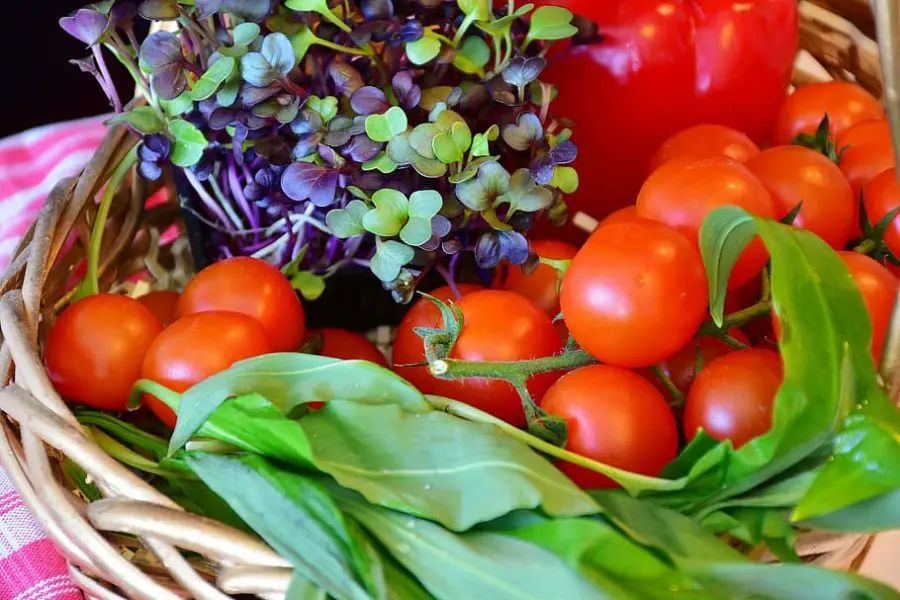
You might still have a few questions floating around in your head, and that’s totally okay. This is where we tackle some of the most common questions folks have about eating locally.
From the nitty-gritty details of organic versus local, to how to make local eating work on a budget, we’ve got the answers you’re looking for.
So if you’ve got a question, chances are someone else has wondered the same thing, and we’re about to clear it all up. Ready for some rapid-fire wisdom? Let’s get to it!
Q: What is “Local Food”?
A: Local food refers to food that is grown, produced, and sold within a certain radius, often within 100 miles of where you live.
The idea is to minimize the distance from farm to fork, which not only keeps the food fresher but also has various environmental and community benefits.
Q: Is Eating Locally More Expensive?
A: The cost can vary. While some local, organic produce might be more expensive, many farmers’ markets and Community-Supported Agriculture (CSA) programs offer competitive prices.
Plus, buying in-season produce is often more affordable. So, it’s possible to eat locally without breaking the bank.
Q: Can I Really Make a Difference by Eating Locally?
A: Absolutely, you can make a significant impact! From reducing carbon emissions associated with food transportation to supporting local economies and encouraging sustainable farming practices, your choices add up in a big way.
Q: What If I Can’t Find All Foods Locally?
A: No worries, it’s about making mindful choices when you can, not achieving perfection.
Maybe start by swapping out a few staple items in your diet for local alternatives. Over time, you’ll find a balance that works for you and still contributes to more sustainable living.
Environmental Benefits of Eating Locally Grown Food Conclusion
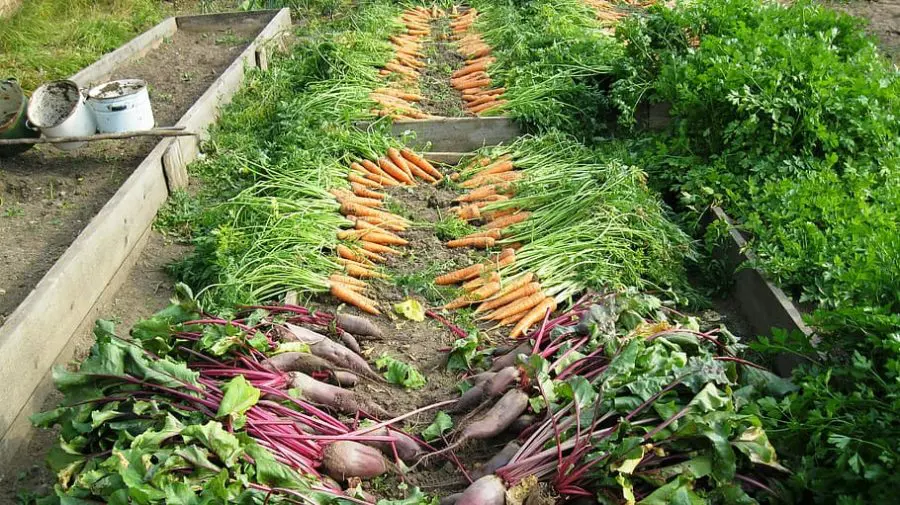
Alright, we’ve covered a lot of ground here, haven’t we? From understanding the ins and outs of food miles to diving into seasonal eating and local agriculture, it’s been quite a journey.
As we wrap things up, we’ll revisit why all this matters and how your food choices can genuinely make a world of difference.
So, if you’ve been looking for that nudge to start eating more locally, consider this your friendly push in the right direction. Let’s tie it all together, shall we?
Recap of the environmental benefits of eating locally grown food
So let’s take a quick stroll down memory lane and remind ourselves why we started talking about this in the first place.
Eating locally grown food slashes food miles, cuts down on carbon emissions, and helps you become a steward for soil health and biodiversity.
All of this contributes to a healthier planet, and that’s something we can all get behind, right?
Call to action: Take the first step by shopping at a local farmers’ market this weekend
You’ve got the info, now it’s time to act on it. Why not make it a plan to visit a local farmers’ market this weekend?
It’s a fun outing, you get to chat with local farmers, and you come home with a bag full of fresh, delicious food.
Plus, you’ll be taking a concrete step towards living more sustainably. Honestly, what’s not to love?
Final thoughts: How individual choices add up to create global impact
As we close this chapter, let’s ponder for a moment how powerful individual actions can be. Sure, one person eating locally isn’t going to reverse climate change overnight.
But when we all pitch in? Well, that’s when the magic happens.
Every tomato you buy from a local grower instead of a chain supermarket, every seasonal meal you cook it all adds up to more sustainable agriculture.
Together, we can make a world of difference, one bite at a time.
The benefits of eating local foods
Are you a locavore? Locavores are people who try to choose locally grown or locally produced food that is in season. There are many definitions of “local food”, but the concept is based primarily on distance. Many people like to purchase food locally by starting within their own community, then moving out to the region, province, country and so on. This type of food consumption is the basis for the popular 100-mile diet, which promotes buying and eating food that’s grown, manufactured or produced within a 100-mile radius of the consumer’s home.

